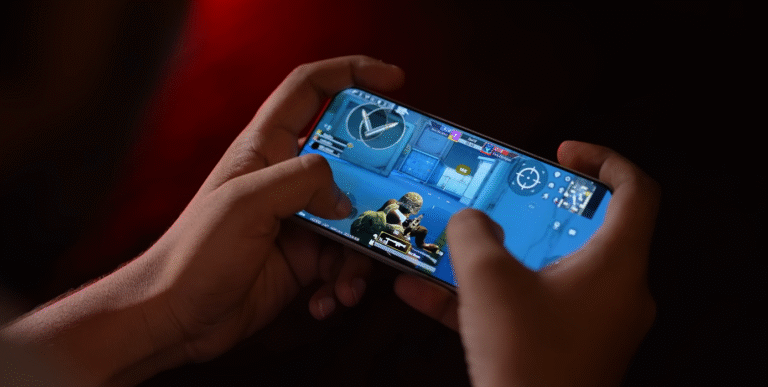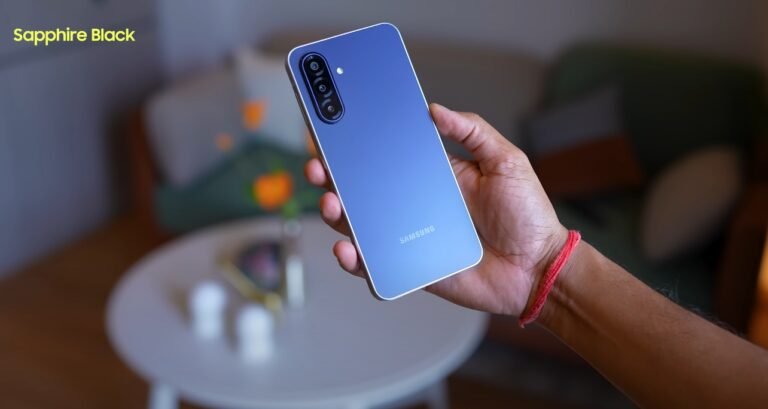OnePlus 15 vs iPhone 16 — UK buyers: which phone ages better?

Long-term performance and value for money over years of ownership
Choosing a smartphone that ages well is a priority for many UK buyers, especially when planning to keep a device for three years or more. The OnePlus 15 and the iPhone 16 are both premium flagships, but they take different approaches to longevity. The OnePlus 15 focuses on powerful hardware and fast charging, while the iPhone 16 relies on long software support, a strong ecosystem and consistent resale value over time.
The OnePlus 15 is equipped with high-end specifications designed to provide performance headroom for years. Its Snapdragon-series flagship processor, large RAM options and 165 Hz display make it one of the fastest Android phones at launch. UK buyers who rely on demanding apps, gaming or multitasking will appreciate the performance buffer that helps the phone remain responsive even after multiple software updates.
The iPhone 16, while not always chasing benchmark numbers, is built for efficiency and durability through tight integration of Apple hardware and software. Its A-series chipset tends to retain strong performance even after several major iOS updates. Apple’s optimisation ensures that the phone remains smooth without requiring extreme specifications, which is a major advantage when considering long-term usage.

Software support is one of the most decisive factors for ageing well. The iPhone 16 is expected to receive major iOS updates for many years, extending the length of security patches and feature upgrades. For UK buyers planning to hold onto their smartphone beyond three years, this makes a substantial difference. The OnePlus 15 will receive software updates too, but Android devices historically do not match the longevity of Apple’s support timeline.
Battery performance over time also matters for durability. The OnePlus 15 gains a clear advantage from its very large battery capacity and high-efficiency charging system, helping it maintain strong daily performance even after some natural degradation. The iPhone 16 uses a smaller battery but balances it with aggressive power optimisation. Both will age well in real-world use, although the OnePlus starts with a bigger capacity cushion, while the iPhone generally maintains steadier battery efficiency over its lifespan.
Durability and build quality contribute to how long a phone feels “new”. The OnePlus 15 uses premium materials and strong water- and dust-resistance ratings, making it suitable for heavy daily use. The iPhone 16, meanwhile, benefits from Apple’s well-established design durability and broad UK service network, which makes repair and maintenance more accessible if needed years after purchase.
The resale value difference between the two phones is also significant for long-term ownership. iPhones typically retain their value longer in the UK market due to strong demand and a larger second-hand ecosystem. The OnePlus 15 will offer excellent performance for several years, but Android flagship resale values tend to decline faster. For buyers who upgrade regularly, the iPhone 16 may be more cost-effective at trade-in time despite the higher upfront price.
Another factor is ecosystem lock-in, which affects how a device “ages” in a user’s lifestyle. The iPhone 16 integrates deeply with services commonly used in the UK such as Apple Wallet, FaceTime, iMessage, and seamless pairing with AirPods and Apple Watch. These services continue to improve with updates, helping the device feel relevant even several years after launch. The OnePlus 15 offers strong Android flexibility but does not have the same level of continuity features within a single ecosystem.
Looking three to five years into the future, both phones are likely to remain capable, but in different ways. The OnePlus 15 will continue to deliver raw performance and smooth display responsiveness thanks to its powerful hardware foundation. The iPhone 16 will maintain relevance through software continuity, long-term efficiency and integration with future iOS updates and Apple services.
For UK buyers who want a phone that feels cutting-edge for as long as possible through hardware strength, the OnePlus 15 is a very compelling option and offers excellent everyday usability. However, for those who prioritise software lifespan, stable resale value and long-term reliability with minimal performance loss, the iPhone 16 is more likely to age better overall. In the long run, it provides the smoother and more predictable ownership experience across multiple years.






